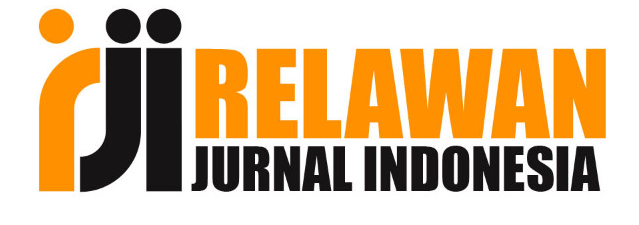USING TWO STAY-TWO STRAY (TSTS) TO IMPROVE SPEAKING ACHIEVEMENT OF THE TENTH GRADESTUDENTS OF SMAN 10 PALEMBANG
DOI:
https://doi.org/10.36982/jge.v6i1.425Abstract
This research was conducted to improve speaking achievement of the tenth grade students of SMA N 10 Palembang in academic year of 2017/2018 by using Two Stay Two Stray (TSTS) method.The objective of this research was to improve the speaking ability. The method of this research was quasi experimental design. There were 20 students taken as the sample for both experimental and control group, respectively. The speaking test, in pretest and posttest, was used to collect the data. The data of speaking test was then analyzed by using SPSS program. The research findings revealed that holistically there a significant improvement on the students’ speaking achievement who were taught by using TSTS Method. Analytically, there a significant improvement on the students’ speaking aspects achievement who were taught by using TSTS Method where the highest score of speaking aspects in the experimental group were in fluency (0.85) and pronunciation (0.75). Also, there was a significant mean difference between the students’ speaking achievement who were taught by TSTS method and those who were not.
Key words: Two Stay Two Stray, speaking achievement
References
Education First, English Proficiency Index (2016). English Proficiency Index (6thed). Retrieved from http://media2.ef.com//~/media/centralefcom/epi/downloads/fullreports/v6/ef-epi 2 01 6-indonesian.pdf
Elita, D., Zainil., & Radjab, D. (2013). Improving students’ reading comprehension of recount text through two stay two stray (tsts) technique at grade viii 1 of smp n 2 tilatang kamang agam. Journal English Language Teaching (ELT), 1(2), 65-76. Retrieved from http://ejournal.unp .ac.id/index.php/elt/article/v iew/4573/3615.
Hoge, A.J. n.d. Powerful English Speaking. Online at www.effortlessenglshclub.comaccessed on 01 April 2007.
Iman, J. N. &Angraini, N. (2016). Using picture-series based instruction to improve speaking and writing achievements of the efl undergraduate students. Global Expert Jurnal Bahasa dan Sastra1(5), 16-23. Retrieved from http://ejourn al.uigm.ac.id/index.php/GE/article/view/206
Iman, J. N. (2014). Debate instruction in EFL classroom: Impacts on the critical thinking and speaking skill. International Journal of Instruction 10(4), 87-108. Retrieved from http://www.e-iji.net/dosyalar/iji_2017_4_6.pdf
Kagan, S. (1992). Cooperative learning. San Juan Capistrano, CA: Resources for Teachers, Inc.
Maharani, O. P. (2016). The effectiveness of using two stay two stray as a technique in improving students speaking ability (a quasi experimental research at the tenth grade students of SMA taruna nusantara Magelang in the academic year of 2015/2016). Journal of English Language Teaching, 5(1), 1-6. Retrieved from http://journal.Unnes.ac.id/ sju /imdex.php/elt..
Thornbury, S. (2008). An A-Z of ELT. London: McMillan Publisher, 208.
Timmis, I. (2012). Introduction : Teaching Grammar. In Eisenmann, M. & Summer, T. (Eds). Heidelbergh: Winter.
Tuckman, B. W. (1978). Conducting Educational Research. (2nd ed). United States of America: Harcourt Brace Jovanovich, Inc.
Zamzam, F. (2015).Developing speaking skill of grade XI students at SMAN 5 Palu through two stay two stray technique. e-Jurnal Bahasantodea, 3(1), 109-117. Retrieved from http://jurnal.untad.ac.id/jurnal/index.php/Bahasantodea/article/view/5191/3962.
Downloads
Published
How to Cite
Issue
Section
License
Global Expert: Jurnal Bahasa dan Sastra is published by Universitas Indo Global Mandiri and licensed under a Creative Commons Attribution-ShareAlike 4.0 International License.










